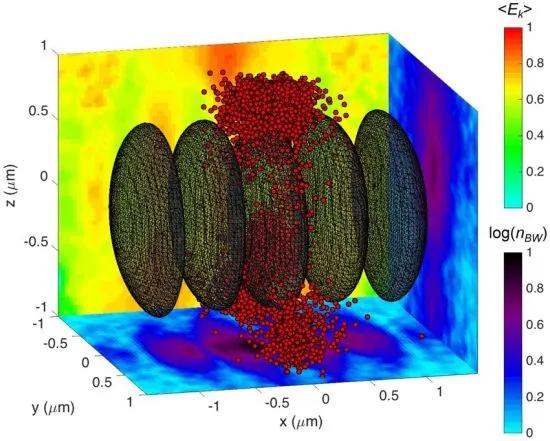The intensities of the order of 1023–24 W/cm2 are required to efficiently generate electron-positron pairs in laser-matter interaction when multiple laser beam collision is employed. To achieve such intense laser fields with the upcoming generation of 10 PW laser beams, focusing to sub-micron spot size is required. In this paper, the possibility of pair production cascade development is studied for the case of a standing wave created by two tightly focused colliding laser pulses. Even though the stronger ponderomotive force expels the seed particles from the interaction volume when a tightly focused laser beam is used, tight focusing allows to achieve cascade pair production due to the higher intensity in the focal spot. Optimizing the target density can compensate the expulsion by the ponderomotive force and lower the threshold power required for cascade pair production. This will in principle allow to produce pairs with 10 PW-class laser facilities which are now under construction and will become accessible soon.
